Ongoing success of WBI’s mission is contingent on both full acceptance and application of the methodologies and results of the Study. In order to accomplish both of these goals, ongoing engagement and communication with regional conservation and land management communities, as well as the public at large, is crucial. To that end WBI formed a Science Team, which includes government agencies and nonprofit organizations, in advance of the Study to help facilitate future success of the Study’s outcomes.
The Science Team will meet a few times per year to continue to discuss and refine Study goals, methodologies, and deliverables.
In addition to WBI and the Colorado Natural Heritage Program (CNHP, who is conducting the Study), the Science Team includes Aspen Center for Environmental Studies, the Aspen Global Change Institute, Aspen Valley Land Trust, the Bureau of Land Management, Colorado Parks and Wildlife, Pitkin County Open Space and Trails, Roaring Fork Conservancy, and the US Forest Service. Bringing in these entities from the start ensures ongoing collaboration as the Study progresses and conservation and restoration priorities come to light.
CNHP Scientists explain their data collection methodologies to members of the Science Team.
By taking into account metrics that the Science Team have communicated would be useful in furthering their missions, the Study Design guarantees that each organization represented by the Science Team will be well served by the science produced by the Study.
The intent of our young organization is to set up and orchestrate the Study, and then hand off the results and deliverables to long standing organizations who will make use of them. To this end we are a collaborative agent, producing a Study that serves other entities’ needs.

